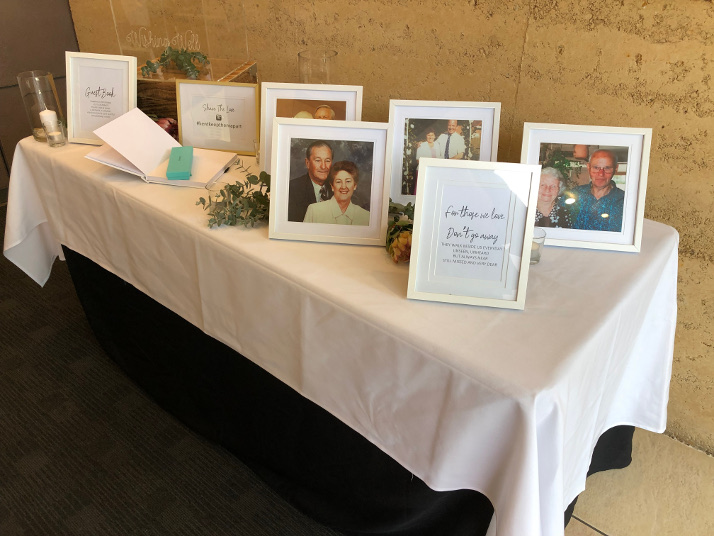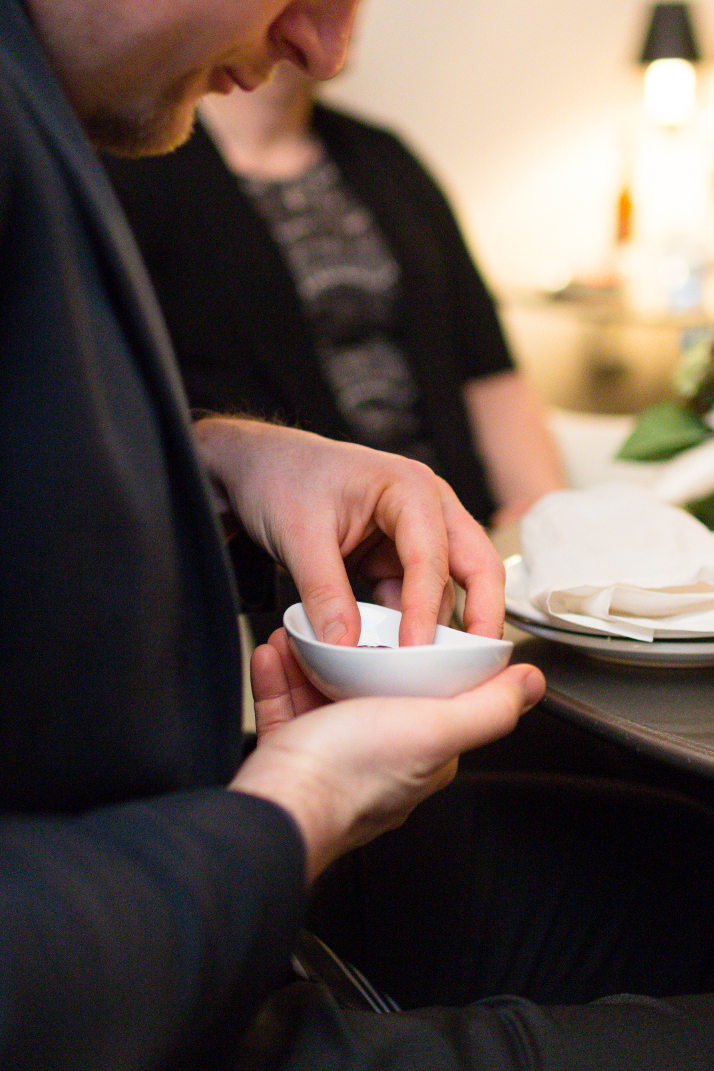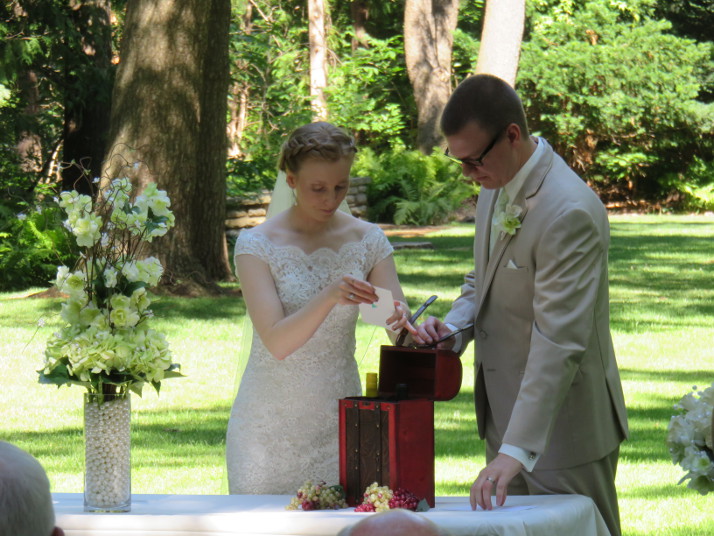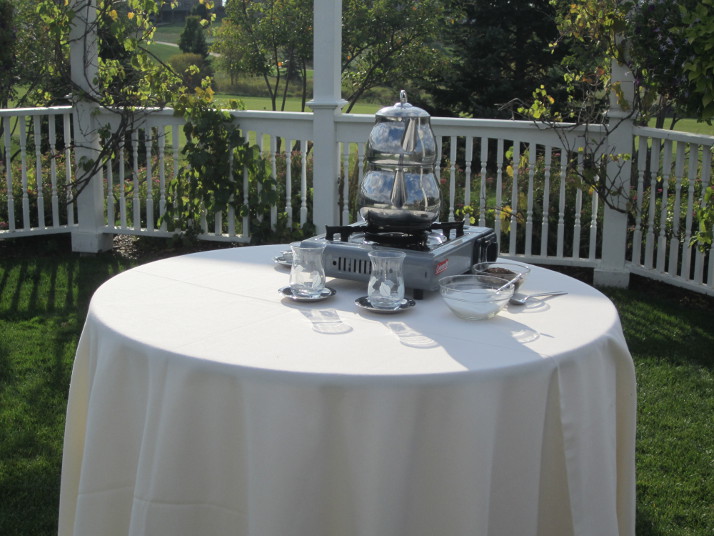Choosing a Secular Wedding
Choosing a secular wedding when parents or other important family members are religious can be challenge. You want your wedding day to be a celebration of love and of you. But if you and your family aren’t on the same page when it comes to religion it can be difficult.
A recent article in Brides magazine captured the issue perfectly, offering, “You deserve to have a wedding ceremony that is meaningful to you. You also deserve a wedding that is a celebration rather than a catalyst for hurt feelings and damaged relationships.”
Last week I wrote about ways to make your ceremony reflect you. Deciding whether or not to include religious content in your ceremony is certainly an important aspect of being authentic. An increasing number of couples are non-religious or at least non-practicing so opting for a secular ceremony makes a lot of sense. But wedding days are also about the people you love, and if they are deeply religious, choosing a secular wedding can open the door to a lot of negativity.
I’ve worked with many couples facing this issue and have seen their anxiety as they struggle to be authentic and respectful and caring all at the same time. While every situation is unique, I can share with you that I’ve had many religious parents and grandparents approach me after weddings to tell me how wonderful the ceremony was, and how well it reflected the couple.
Since secular ceremonies are not bound by religious requirements and don’t include a traditional sermon, there’s more flexibility to create a ceremony that’s all about you. We can tell your love story. We can include music and a reading that is meaningful to you or reflects your relationship. You can say vows that you’ve written yourselves or that you’ve chosen because they reflect the promises you feel in your hearts.
Interestingly, many guests don’t even notice the lack of religious content in a well written and delivered secular ceremony. They appreciate the focus on the couple and the flow of the ceremony. Choosing a secular ceremony is more about crafting a ceremony that truly reflects you than what you are leaving out (the religion part). If a secular ceremony is the right choice for you, stand together, stand proud, and start your wedding day with a ceremony you’re proud to call your own.




